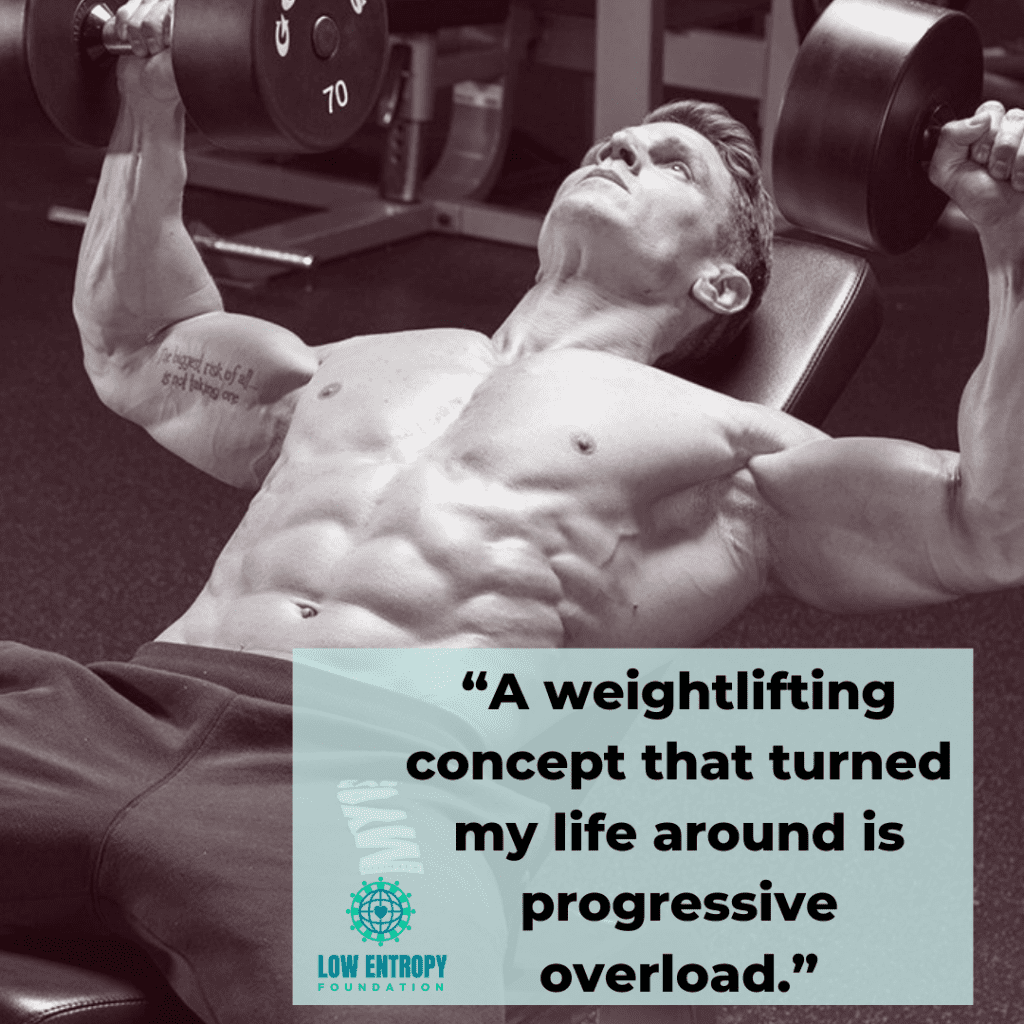Concerning a Fear of Brain Shrinkage
Ryan Haddad (he/him/his), Low Entropy Volunteer Writer One of the many unreasonable fears I had as a child concerned the unavoidable stage in my life where my brain would start to shrink. I never had a clear understanding of when this process would start, only that it was years ahead, too far to reason […]
Low Entropy

In a time when ‘social distancing’ is the most prevalent and vital of personal health practices, isolation can put extra pressure on our emotional, and spiritual health. Distancing to protect those who are the most vulnerable in our society can make many of us feel like we’re being overlooked. Whatever gains we’ve made in our […]
Always a Mountain to Climb

From the symbolism of mountain goats to democratizing spirituality, Low Entropy Leah Costello speaks on the importance of accepting – and even embracing – the persistence of adversity in life, and how it can enrich every journey. My grandmother Joan’s life advice: “There’s always a mountain to climb.” As a Capricorn, the sign of the […]
